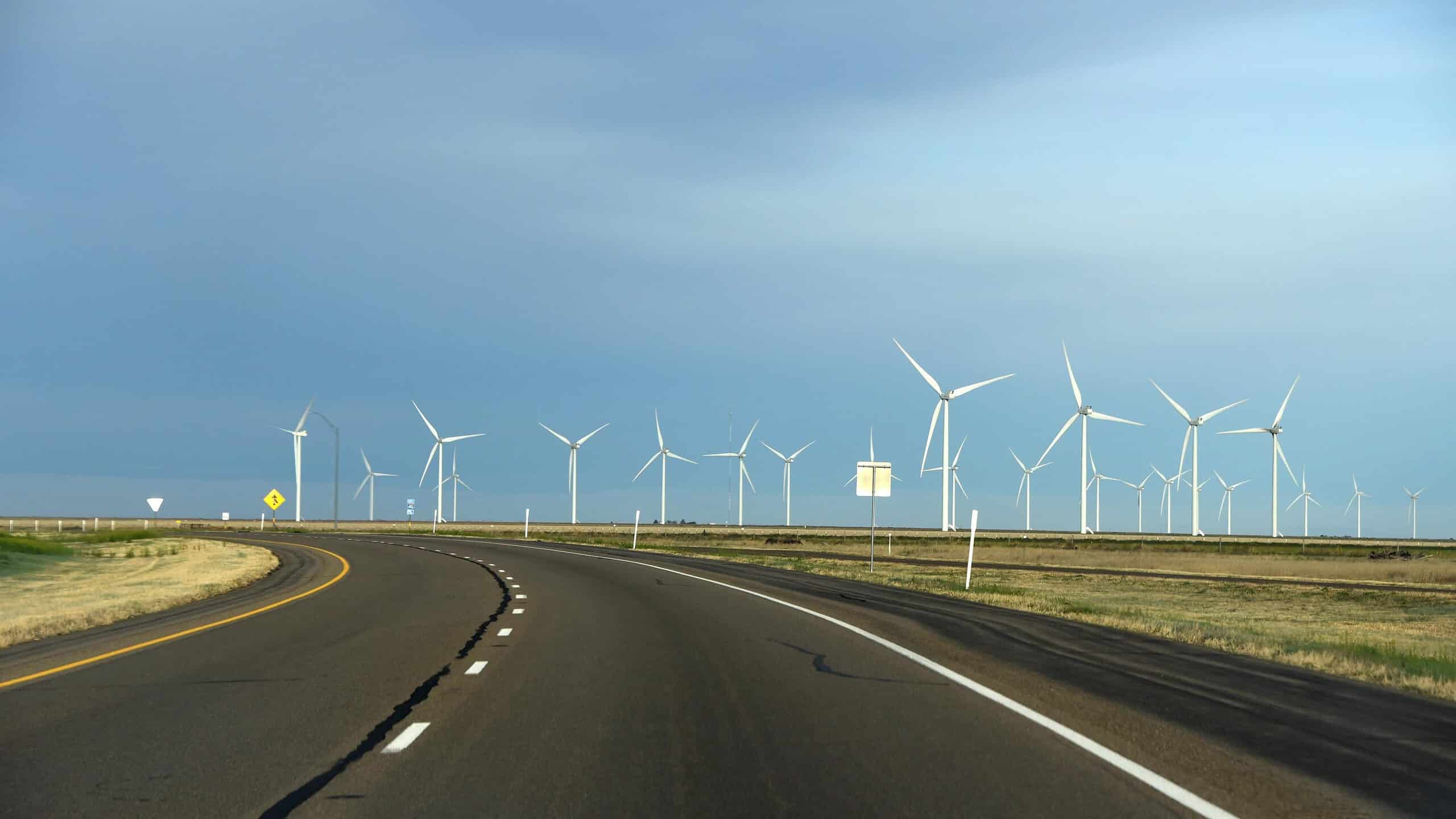Complementary siting of wind, solar projects could replace coal in Texas
3 min. read
Published on
Read our disclosure page to find out how can you help MSPoweruser sustain the editorial team Read more

Texas’ energy needs could be satisfied while achieving environmental goals by replacing coal-fired power with wind and solar power. This is according to new research published by Rice University Engineers in the journal Renewables: Wind, Water, and Solar.
Environmental engineer Daniel Cohan and senior computer science major Rchared Morse led this new work, which was built on former’s study in 2018. They employed optimization modeling to identify the combinations for proposed wind and solar projects that would require the least cost.
As stated by the researchers in their paper, it may not always be sunny or always windy. In Texas, however, it is typically always either of the two. As such, if the wind and solar projects are positioned in places that provide complementary outputs, Cohan believes that wind and solar energy have the potential to replace almost all coal outputs.
With many of the large coal plants having closed in 2018, and those which remained having operated below capacity, the study’s findings show that almost all of the coal generation in Texas could be replaced with just a third of the wind and solar projects that were proposed in June 2020 to the Electric Reliability Council of Texas. Many of these projects have already been built since 2020. There had also been an increase in the queue of proposed solar projects.
Cohan believes that it is only a matter of time before the coal is eliminated in the Texas grid. This is a dirtier and more expensive energy source for companies, most of which are looking to achieve net-zero carbon emissions on or before 2050. However, this paper emphasized how the transition from coal to more environmentally friendly sources could be fast-tracked, especially with Texas’ high coal burning and sulfur dioxide emission. A faster transition would be beneficial to health and air quality. Similarly, Morse believes that one of the most important things to do is clean up the energy that supplies power needs.
What is vital here is the connection of the windiest and sunniest parts of Texas to the cities through the expansion of transition lines. According to Cohan, this is the bottleneck that slows down wind and solar growth in Texas because of the insufficient funds for transmission. As ERCOT catches up with the freeze in 2021, natural gas will remain (in the near term) critical to the state’s power reliability.
Complementing energy from West Texas wind that peaks overnight, South Texas wind that peaks with sea breeze during the afternoon and high hours, and solar power during the daytime can cover most of the hours of day, but not all. Further, even with the complementary siting of the projects, there may still be time when it is not sunny or windy. Summer afternoons would be the challenge as people would seek refuge from the heat with the air conditioners. Similarly are the occasional deep freeze. While the solar and coastal winds are in a great performance during these summer days. However, some lulls could be expected in the evenings, which requires something else might be tapped to kick in.








User forum
0 messages